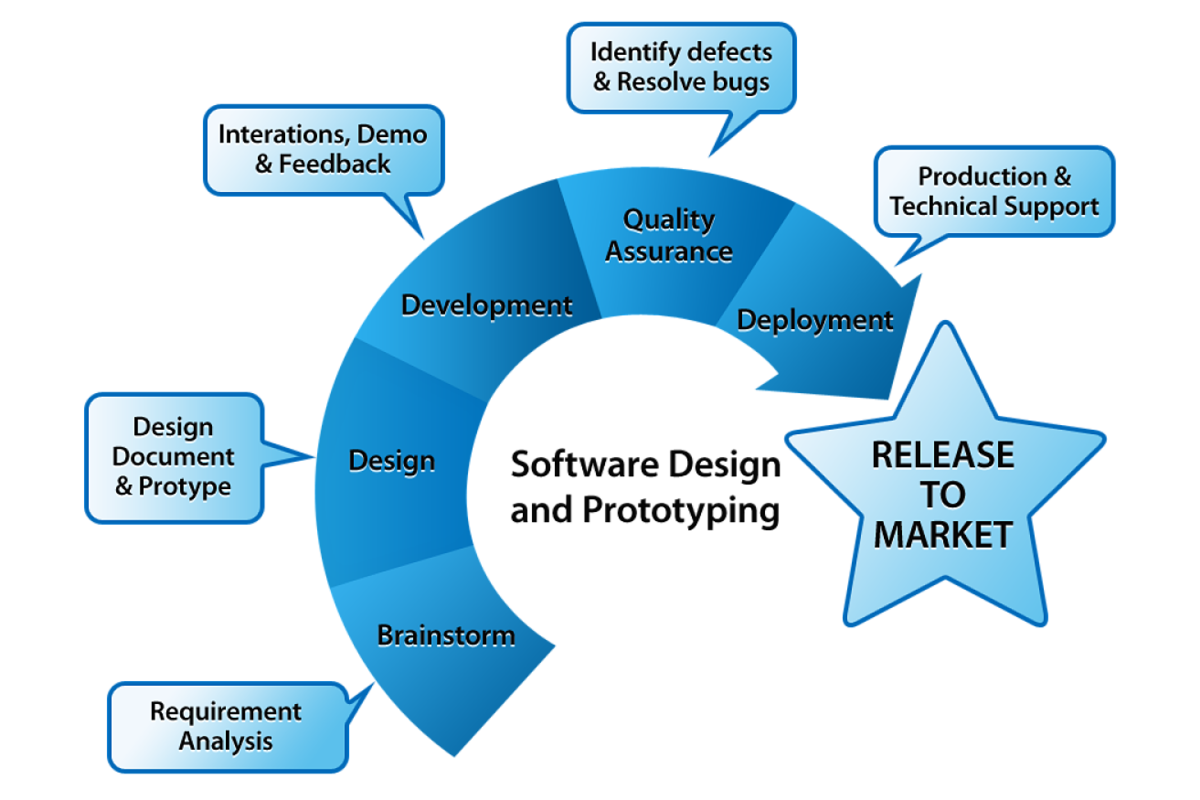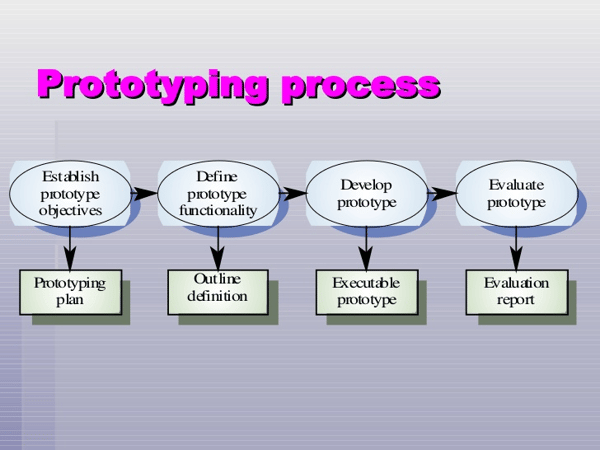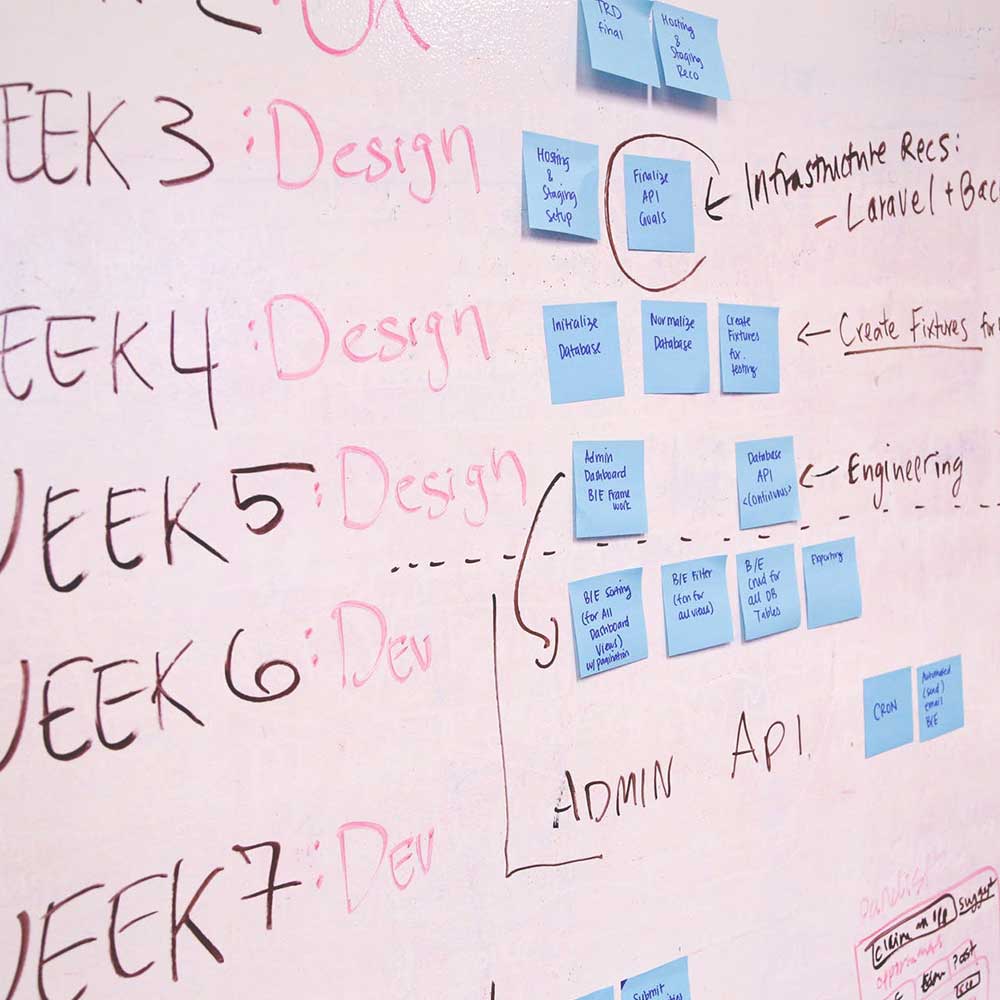If you would like an easy-to-digest answer to the question of, “How long does it take to build an app?” here it is:
The average time to develop an app is in the region of 18 weeks, divided loosely into 10 weeks for back-end development and 8 weeks for front-end development. (If these terms sound foreign to you, don’t sweat. We’ll get to them in a moment.)

Unfortunately for those with an allergy to nuance, the reality is far more varied. There is no cookie cutter process. Ask any author how long it takes to write a book, a mathematician how long it takes to construct a proof, or a musician how long it takes to compose a piece. The answer will invariably sound a little something like, “What book?” “Which proof?” “What piece of music?”
There is simply no one size fits all solution to solving creative problems—and this, at its heart, is what an app is: the creative answer to an identified problem or gap that needs to be solved technologically.
From very simple apps that are designed to perform one task to multitask apps that provide complex solutions to an ecosystem of problems, the question of the average time to develop an app is not one that can be answered with any sort of genericism.
Perhaps most importantly, the degree of professionalism that you want to incorporate into your design process can greatly increase (or decrease) the average time to develop an app. The reality is that building a solid framework that has been adequately tested, enhanced for superior performance and usability, and constructed with scalability in mind, is by no means a quick process.
In light of this, we’d like to offer you a long answer to accompany the short one in the introduction to this article.
Here’s a glimpse into what makes up a mobile app development timeline.
Each of these constituent parts is indispensable to the process and—if you are looking to create a full-blown consumer ready app—take time to execute.
Mobile app development timeline
No two apps are the same. As a result, the code for no two apps is the same. Each one needs to be built from the ground up.
Because the nuts and bolts of app building are foreign entities to most people not directly involved in the industry, the mobile app development timeline is best understood through analogy—an appnalogy, if you will.
Let’s consider the process of creating an app as something akin to building a house from the ground up. Both processes are made up of the following phases, or what we term the Design and Development D’s: The Dream, The Draught, The Development, and The Diagnostic.
Let’s get building:
The Dream
Core Questions: Why am I making this app? Who am I making it for?
What is the step before constructing your dream home? Well, having a dream of course. You dream what neighborhood you want to be in, who you want to be surrounded by, and what your house will look like. Defining that dream is the thing that will take it from a mental image to material construction.
The dreaming phase of app building is not passive. You have to get involved with asking the right questions to see if the vision that has occurred to you is viable. That means dreaming actively, and with advice from people who are truly in the know.
As with any entrepreneurial venture, it’s a worthwhile idea to kick off with a feasibility study. Ask yourself the BIG questions of why this, why now? If you don’t want to kick yourself down the line, this is not a cursory procedure and includes:
-
Thorough audience research — including a deep dive analysis into all the elements that make up your buyer persona, from demographics to how your particular app will fulfill a need that still gapes.
-
Rigorous competitor research — encompassing a meticulous investigation into who is meeting needs that converge with your ambitions in any way.
You can’t skip the dreaming stage. Our advice is to make sure that this phase is active rather than passive.
Do. Your. Research.
2. The Draught
Core questions: How am I making this app? What functions will it have? How will it interface with other software?
Yes, you need plans to build a house. You guessed it—apps are no different.
The process of “draughting” an app is known as scoping. Our advice is, unless you are an experienced software engineer, don’t try this phase of the process alone. If you do, know that the answers you receive from the questions you ask are not necessarily trustworthy.
The scoping phase of the process is composed of the following vital elements:
-
Sketching a blueprint (or wireframe) of your app, including all the functions you would like it to perform and how these functions interact with one another. Ask yourself how you would like the user to step through your app from screen to screen and then plot it out in as much detail as you can achieve.
-
Outlining the technical necessities for the optimal performance of your app. Ask yourself what you have and what you need. Are your servers sufficient? How will you use APIs (application programming interfaces) to talk to other relevant software? How can you plan now for scalability and future maintenance?
-
Creating a prototype. You cannot skip this phase. Your prototype is essentially a stripped down mockup of the real thing. It is the only way to get information about what works and what doesn’t, how to fix bugs early, and how to improve UX for your end users. The biggest trick here is defining what features and functionality should be built into the prototype, and hopefully, you have gathered enough market research from phase 1 to make that determination.

Once you’re ready, it’s time to move on to actualizing the plans you have made:
3. The Development
Core question: How do we make it happen?
This is the bricklaying phase where you get down to the hard labor of app construction.
To discuss this phase, we’re going to break this into front-end and back-end development—the two components that make it up:
-
Back-end Development: Returning to our house analogy, this is the part where you construct the scaffolding that will ultimately form the inner structure of your home. In software development, back-end development is what makes your app hold together (or not hold together.) It’s the complex computational elements and business logic, and how your app will play nicely with others.
-
Front-end Development: This is the part you see—the visual elements that are open to the public. Essentially, it’s the windows and carpets, the light fixtures, the choice of linen. It’s what makes people want to visit you (and hopefully keep coming back.)
(For further reading, Upwork released this useful post on the differences between front-end and back-end development.)
The expertise needed in the development phase of the process, and the design stage that accompanies it, cannot be underestimated. While there are some seductive ads running about at the moment that offer you opportunities to build your own app in no time, if you sacrifice on experience at this phase, the likelihood of your app having a long and happy life is minuscule.
4. The Diagnostic
Core questions: Does it do what we want it to do? Will our users love it?
Is this what you wanted? It’s somewhat of a misnomer that diagnostics are a distinct phase on a linear timeline. A good software development company is always testing and correcting code as they go.
Having said that, we make it a standalone fixture on this timeline to highlight just how important QA (or Quality Assurance) really is in the world of app development.
Any developer worth their weight will have made a combination of automated and manual testing an integral part of their process.
This Tech Beacon article takes you through how to test your app like a pro.
In closing
If you are looking to create a high-quality application, you must be willing to consider that this is not an overnight operation.
In fact, there is another D that is not as commonly spoken about and this is DELAYS. Yes, expect them. Why are they so common? Because app development is by no means a perfect science because the dev team is trying to estimate items with potentially many variables and unknowns. Also, the product owner can change his/her mind about which features should be included during the development phase. Be patient with the process.
One thing that’s guaranteed is that app usage is only on the rise. The industry is growing, and if you want to be remotely competitive in it, you need to opt for quality development strategy.


